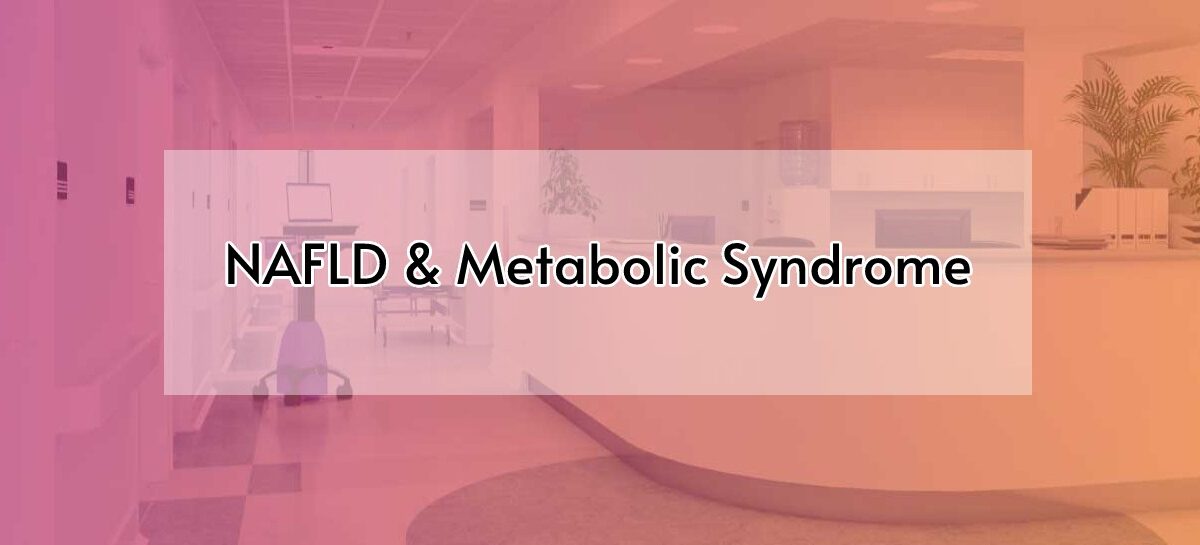The key factor uniting NAFLD & Metabolic syndrome is the concept of insulin resistance. Resistance to the action of insulin at the cellular/tissue level leads to important changes in lipid and glucose metabolisms. Changes in the lipid metabolism include enhanced peripheral lipolysis, generation of triglycerides & an increased hepatic uptake of fatty acids. The excess free fatty acids in hepatocytes trigger free radical injury in susceptible individuals. Thus, a category of patients accumulate fat in the liver but do not develop liver injury/fibrosis, whereas another category develops persistent liver cell injury/fibrosis & cirrhosis. In addition to the hepatic fat accumulation a second factor is required for progression from NAFLD to NASH.
Insulin Resistance & NAFLD
NAFLD – Pathogenesis
Spectrum of NAFLD
Diagnosis of NAFLD requires all the following:
- Demonstration of fatty liver by imaging/biopsy
- Exclusion of significant alcohol consumption (less than 21 drinks/per week for males and less than 14 drinks/per weeks for females – 1 drink = 14 gms of alcohol)
- Exclusion of other causes of hepatic steatosis (e.g. HCV/ Wilson’s Disease)
- Absence of co-existing liver disease (e.g. Hemochromatosis/ Autoimmune hepatitis)
So the following initial tests are done:
- LFT
- HBsAg
- 3.Anti HCV
- Se iron – TIBC -Se ferritin
- ANA – ASMA – AntiLKM-1
- USG -Abdomen
Role of USG Imaging:
The liver appears brighter than renal cortex on ultrasound in patients with fatty liver. USG has a sensitivity of 84% and specificity of 94% when compared to a gold standard of liver biopsy.

Role of Elastography (Fibro-scan):
The fibro scan device sends a 50MHZ wave into the liver and measures the velocity of the shear wave as it passes through the organ. The velocity of the wave is converted into liver stiffness values, expressed in k pa (Kilo Pascals). Stiffer the liver, the more fibrotic it is and hence the greater the disease.


Diet & Lifestyle changes for NAFLD Patients

The need for pharmacotherapy is present because most individuals, despite lifestyle modification/dietary changes are not able to sustain the 10% weight loss and hence may progress to serious liver injury including NASH/Cirrhosis.
Most of the medications, which are promising for treatment of NASH/fibrosis, are currently in phase 2/phase 3 clinical trials. These medications are aimed at specific liver cell receptors through which they reduce the inflammation ±fibrosis.




Dr. M. A. Arvind
Consultant Medical Gastroenterologist
Kauvery Hospital Chennai






